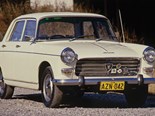1970 Peugeot 504 review: Great cars of the 70s
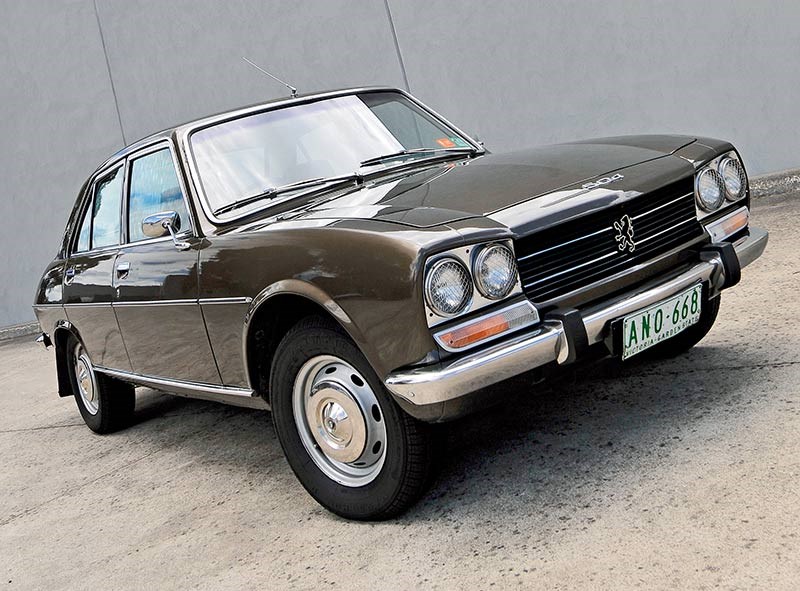 Peugeot 504
Peugeot 504

 Peugeot 504
Peugeot 504
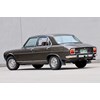
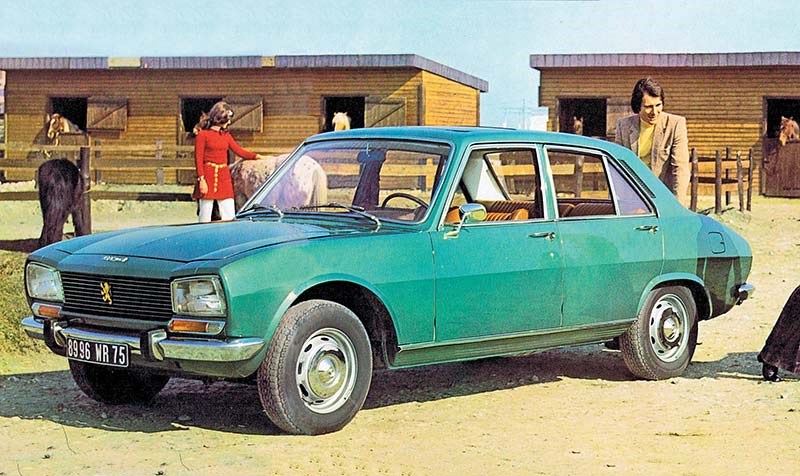 Peugeot 504
Peugeot 504

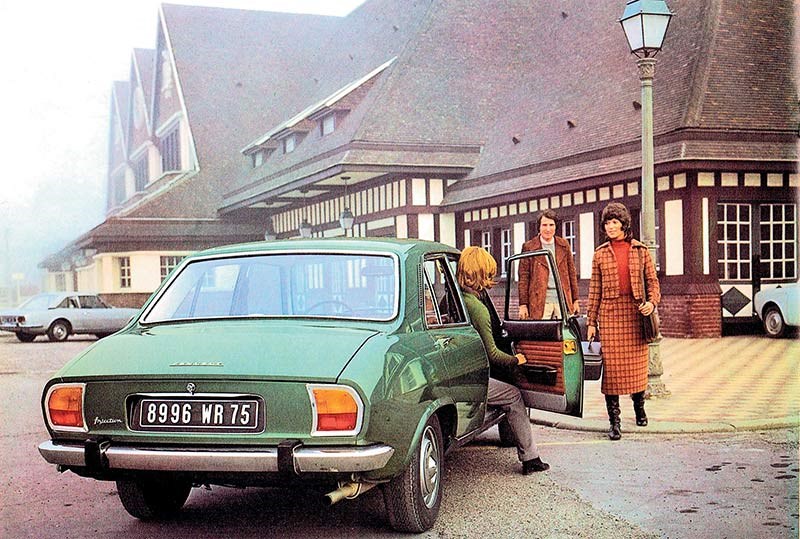 Peugeot 504
Peugeot 504

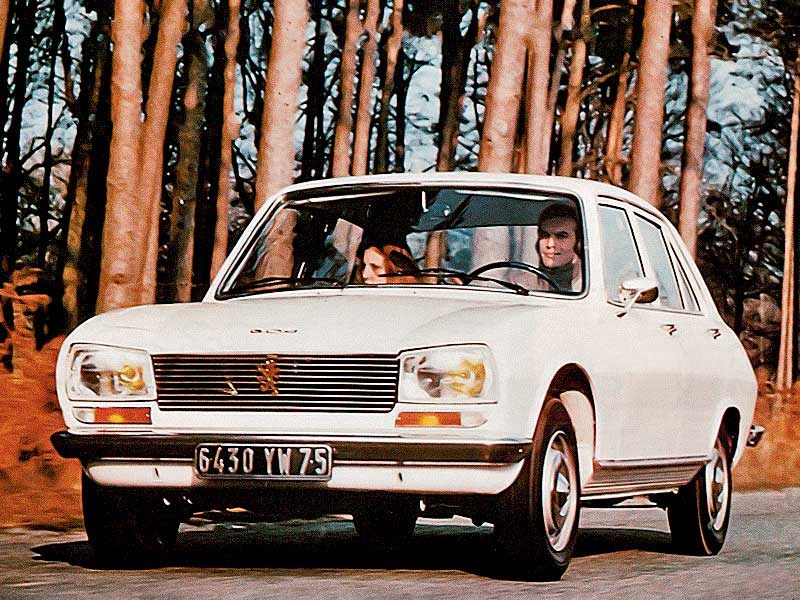 Peugeot 504
Peugeot 504

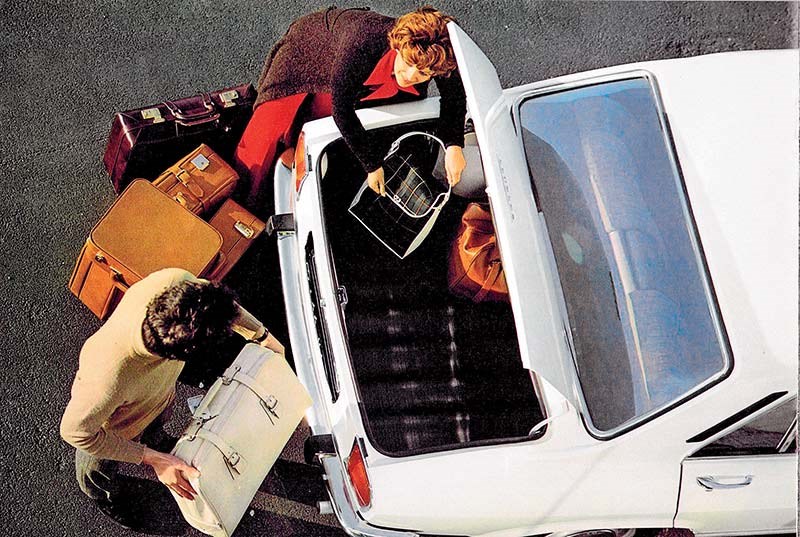 Peugeot 504
Peugeot 504

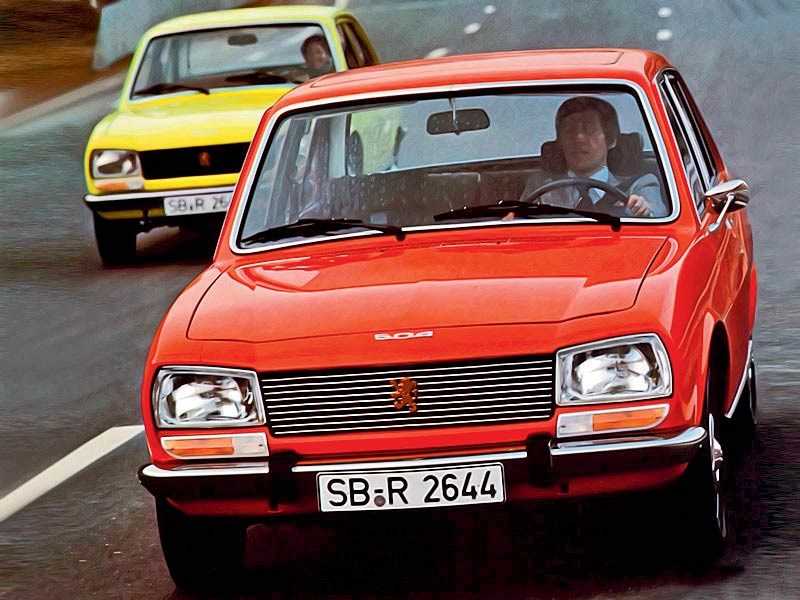 Peugeot 504
Peugeot 504

 Peugeot 504
Peugeot 504
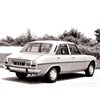
 Peugeot 504
Peugeot 504
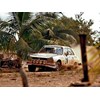
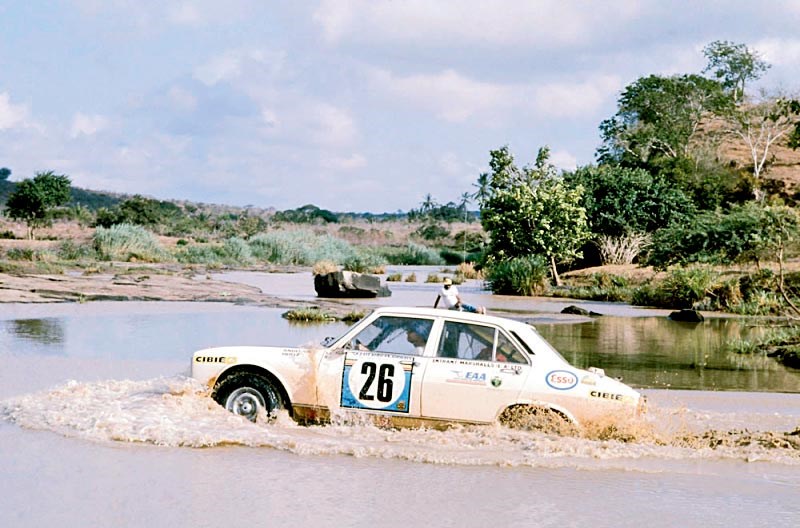 Peugeot 504
Peugeot 504

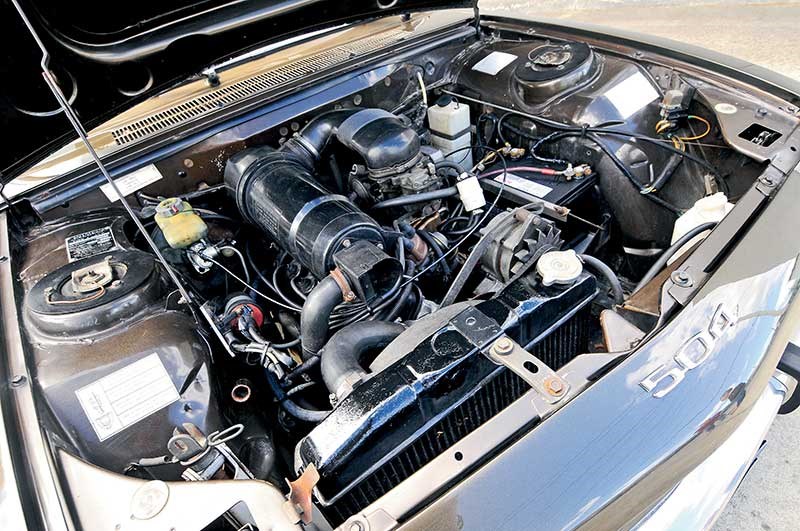 Peugeot 504
Peugeot 504

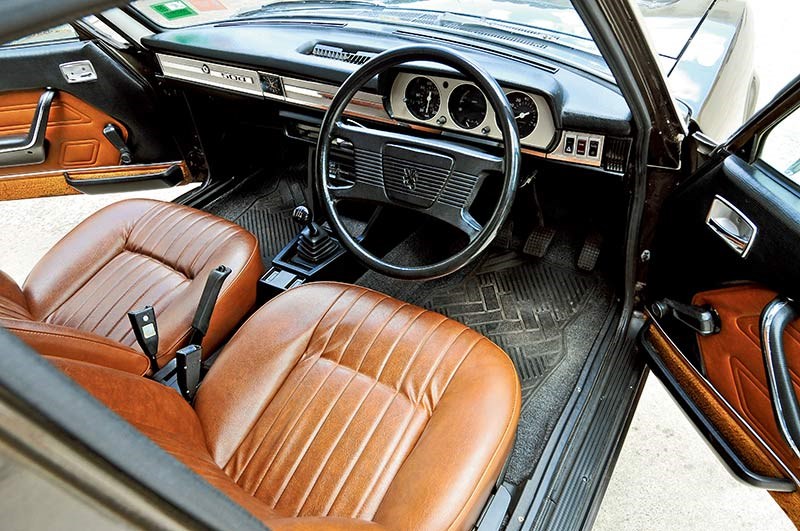 Peugeot 504
Peugeot 504

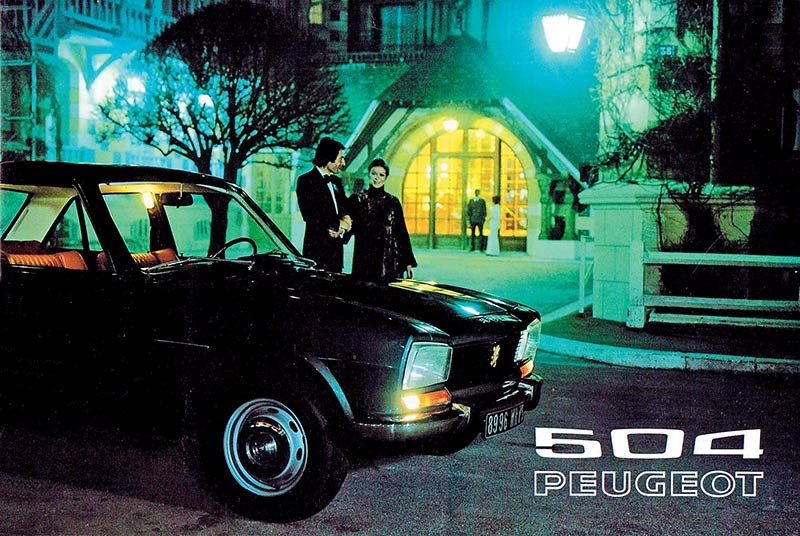 Peugeot 504
Peugeot 504

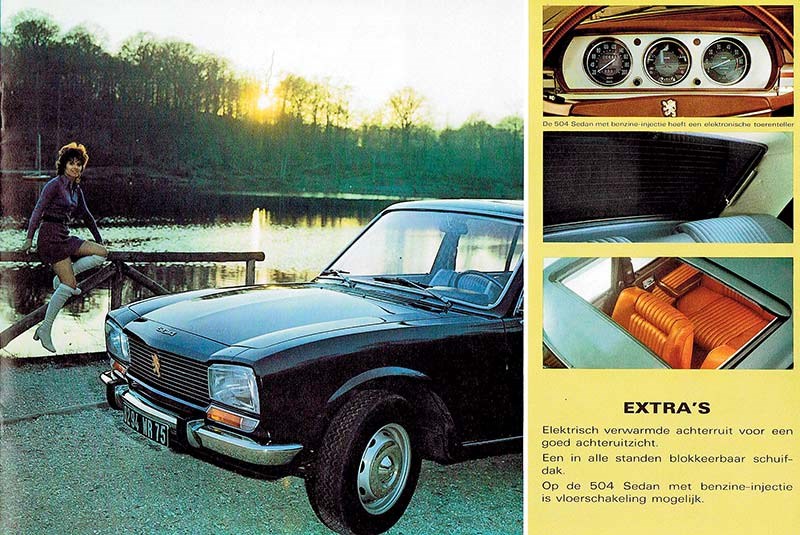 Peugeot 504
Peugeot 504

 Peugeot 504
Peugeot 504


|
|
Peugeot 504
|

|
|
Peugeot 504
|

|
|
Peugeot 504
|

|
|
Peugeot 504
|

|
|
Peugeot 504
|

|
|
Peugeot 504
|

|
|
Peugeot 504
|

|
|
Peugeot 504
|

|
|
Peugeot 504
|

|
|
Peugeot 504
|

|
|
Peugeot 504
|

|
|
Peugeot 504
|

|
|
Peugeot 504
|

|
|
Peugeot 504
|

|
|
Peugeot 504
|
While the Citroen CX claimed the headlines in the 1970s, the Peugeot 504 might have been the best French sedan of the era
1970 Peugeot 504
Things changed in the late 1960s and early 1970s. The Beatles broke up, Elvis came back, America realised it was mortal in Vietnam and Australia’s post-war economic boom ran out of legs. That didn’t stop domestic manufacturers pretending that nothing was happening, with vehicles like the Monaro GTS 327/350 and the Falcon GT creating a whole new level of expectation with top speeds in the 200-plus range and acceleration from rest to 160km/h in 15 or 16 seconds.
Among luxury cars the Jaguar XJ6 and BMW 2500/2800 were vastly superior to anything produced beforehand. The S-Class Mercedes was on its way from which Prime Minister Gough Whitlam could ponder the repercussions of stagflation in 1973.
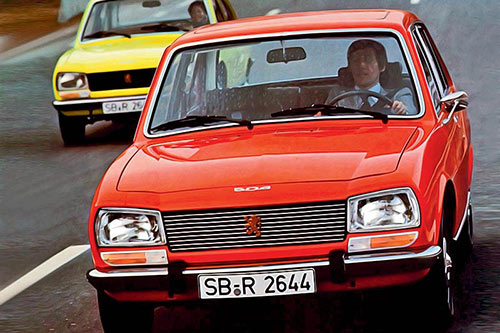
Into this brave new world drove the Peugeot 504, which had been launched in Europe in 1968 but did not arrive in Oz until 28 May, 1970. The reason for the delay was international demand. Like other Peugeots since the 203 it was to be assembled locally. Therefore we had the bizarre situation of a Peugeot being assembled in a Renault plant. If you’ve never been to France, you’ll know this is like Broadmeadows agreeing to knock up a few Commodores. The 504 joined the Renault 16 on Renault Australia’s West Heidelberg assembly line, replacing the 404. By the end of the year they were joined by the pyramid-like Renault 12.
At the time, the 504 certainly did represent a huge price jump over the outgoing 404 and was priced at $3475 (partly due to its lower percentage of local content). For several years the 404 had cost just $2575, undoubtedly the best value car on the market in its era, but to put the 504 into its context, similar money was needed for a Ford Fairmont or a Triumph 2000, while the 2.5Pi which was more of a direct rival to the Pug cost $4095.
A white 504 graced the cover of the July 1970 edition of Wheels magazine. It was, said the tester, "one of the greatest cars of our time". Not only did it win the European Car of the Year Award for 1968 but scored 50 per cent of all possible votes in doing so.

Initially the 504 was offered only as a 1.8-litre manual with just 87 brake horsepower (SAE), up a mere seven from the lighter 404’s output. If the Peugeot had a comparative disadvantage in its price range it was in acceleration and a shortfall in torque. The promise of the injected Ti variant must have encouraged those Pugophiles who wanted to trade their 404 on a significantly lustier car with the French lion on its grille, but more delays meant that this more powerful model didn’t arrive until 1973.
The next issue of Wheels contained a full road test which supported the conclusions arrived at after the first drive. Back then Victoria still had a prima facie 80km/h limit but higher speeds were generally accepted. But the Wheels tester tempted fate by covering 183 miles in two hours.
Like its predecessors, the carburetted 504 was a brilliant cruiser but no serious contender for any drag strip. Indeed, it was somewhat slower than the $2885 Renault 16TS with a 400 metre time of 19.4 seconds and top speed of 156km/h. Unlike the 404 and the 403, it did not (in 1.8-litre carburettor form) raise the performance bar.
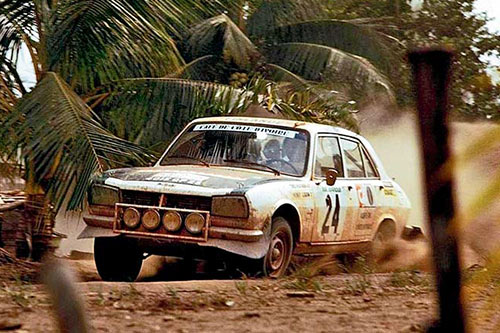
Even so, the early 504 was superb. Where the 404 was essentially an upgraded 403 and the 403 an upgraded 203, albeit in both cases with new clothes, the 504 was a major redesign. It was a considerably larger car. Independent rear suspension gave it a higher level of sophistication. The gearchange moved from the steering column to the floor. Pininfarina was again responsible for the styling but where the 404 had arguably too much resemblance to the BMC Oxbridge variants and the Fiat 1800/2100/2300, the 504 was unique, even if Wheels editor Peter Robinson did later describe its boot as ‘droopy.’ He had a point.
Its dynamics were in a different class from theoretical rivals such as the Fiat 125, Triumph 2000 and anything from the Big Three. Body roll was moderate and roadholding exceptional. Unlike the Triumph, its independent rear suspension was sophisticated while the Fiat persisted with semi-elliptics. The ride comfort was slightly better than that of the Renault 16 and almost the equal of the Citroën DS21 and Jaguar XJ6. There would be nothing between a 504 and the BMW 2800 in terms of overall comfort, except that rear passengers in the Pug had a lot more legroom. As for the Jag, you couldn’t even fit an adult behind a tall driver.

Holden had its HQ all but finished by the time Australian customers could buy a 504. Arguably, had someone other than ex-Buick man George Roberts been chief engineer, the HQ might have rivalled the Peugeot in some respects. Even with the plush ride insisted on by Roberts, the Holden couldn’t match the Pug and its handling was woeful. Then there are other little issues like fuel economy, packaging and steering feel. While the 504 set the world standard for family car design, the US-owned Australian offerings were a long way inferior and even the 1973 P76 lacked the overall refinement and driveability to be compared with the Peugeot, which had been uprated from 1.8 to 2.0 litres in May 1971 with a useful power gain of seven kW.
The Ti variant appeared in 1973. With fuel-injection, the 2.0-litre 504 gained 16km/h in top speed (to 172) and, at 17.8 seconds, was more than a second quicker through the 400 metres, which were excellent figures for the era. To match these numbers in a Holden you needed to specify the 4.2-litre V8 engine.
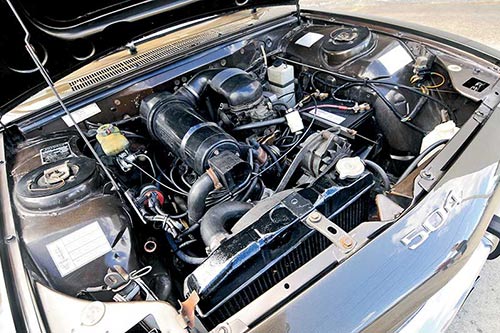
Even European rivals were outclassed. Fiat had the disappointing 132 (initially the 132S and then the slightly better 132GLS with more equipment, quicker steering and uprated suspension), which was less of a driver’s car than the old 125. A comparison between the 504 Ti and the Volvo 144S in the June 1973 edition highlighted the French car’s quiet and effortless cruising, ‘superb’ ride and strong performance.
By mid-1973 inflation gripped the Australian economy and a carburettor 504, now known as a ‘GL’, was priced at $5198, up by what Wheels editor Peter Robinson called an ‘astonishing’ $500. But the Volvo 144S Grand Luxe was already $5595. Or you could buy the non-injected version for $4598, a relative bargain compared with $4399 for a Triumph 2500 TC, $4350 for a 132S or $4875 for a 144S Deluxe. A BMW 520 cost $8395. Plus ca change…
In at least one respect, the upgraded 504 was inferior to the 1970 version. Australian Design Rules for head restraints dictated the introduction of locally manufactured front seats. Early cars had a brilliant design with headrests sliding up and down a steel plate and the seats themselves were plush in the best French tradition.
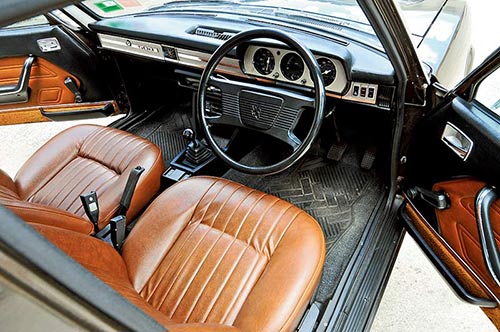
The coming of stricter anti-pollution laws sent the 504 Ti into early retirement in 1976. In true Peugeot style though the GL remained on sale for almost a year after the much more expensive 505 GR arrived in October 1980, by which time, frankly, the Holden Commodore had forced a reappraisal of where Peugeot stood in the scheme of Aussie motoring.
Even without the Commodore, the French lion had lost its immense advantage over ostensibly similar cars. The 203, 403 and 404 had all been the best cars you could buy for the money. While the early 1.8-litre 504 had pushed up into a higher price bracket, it remained superior to the cars it encountered there.
Of the rear-wheel drive Peugeots of the second half of the twentieth century, the Redex-winning 203 is the most collectible. But judged purely as a car in the context of its time, I believe the 504 marks the French lion’s highest point of superiority. Even the carburetted 1.8-litre variant was a cruising car to rival the Jaguar XJ6. The hipsters may hanker after the pretty 504 Cabriolets and Coupes but there’s always been an understated cool about the sedan. As the years pass, this outstanding car is finally achieving the status it deserves.
SPECIFICATIONS
1970 Peugeot 504
Body: 4-door sedan
Engine: 1971cc in-line 4
Power: 65kW @5500rpm
Torque: 146Nm@3000rpm
Transmission: 4-speed manual
Suspension: MacPherson struts, coil springs, anti-roll bar (f), semi-trailing arms, coils, anti-roll bar (r)
Brakes: discs (f), discs (r)
Weight: 1200kg (kerb)
0-100km/h: 13.2 sec
Top speed: 156km/h
Price: $3475
Year built: 1970-1971
Unique Cars magazine Value Guides
Sell your car for free right here
Get your monthly fix of news, reviews and stories on the greatest cars and minds in the automotive world.
Subscribe

.jpg)
.jpg)



